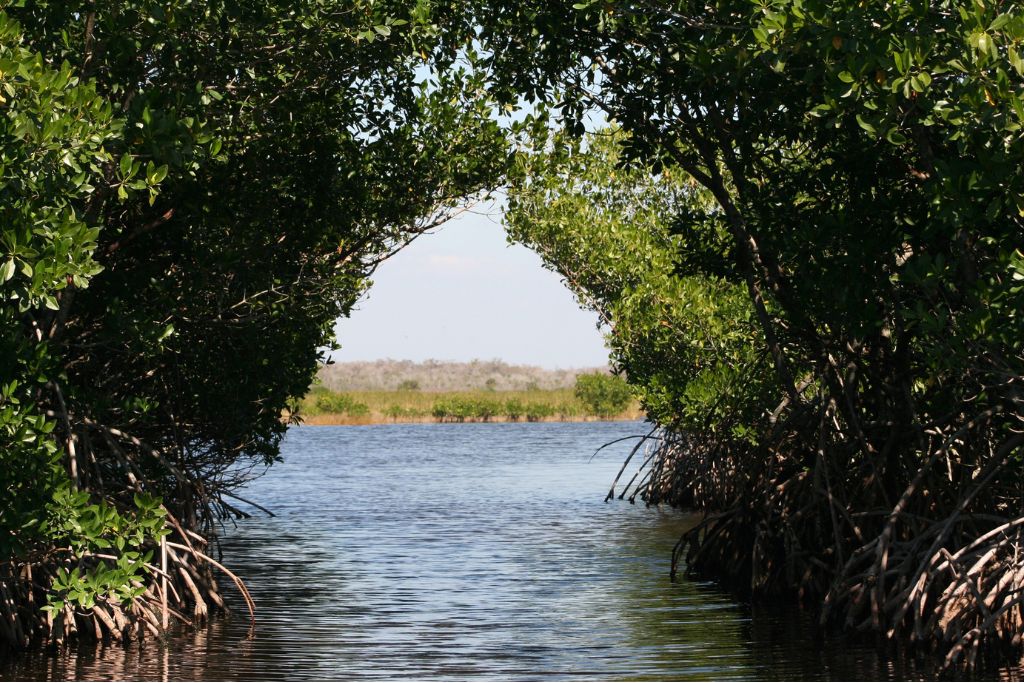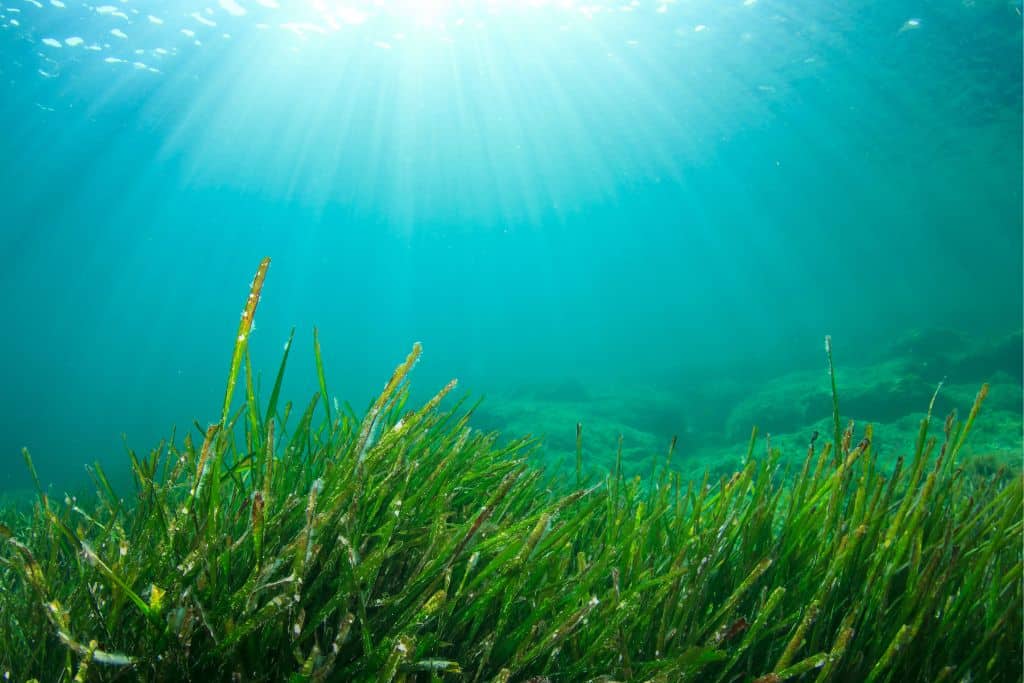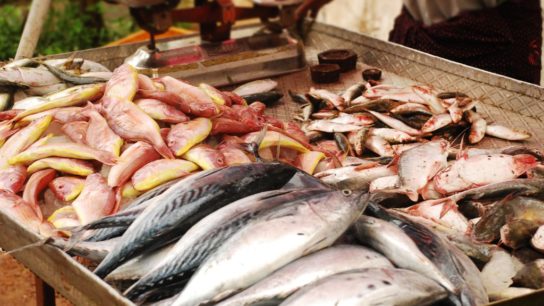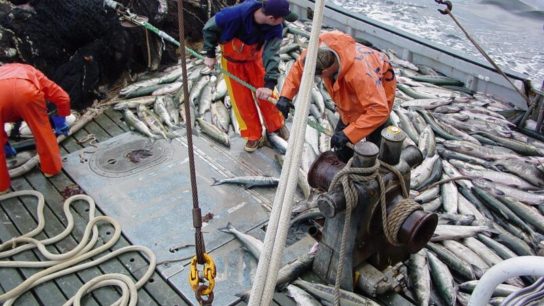Did you know that our oceans play a vital role in the fight against climate change? As carbon storage takes an increasingly important role in climate change mitigation, the term blue carbon has been gaining prominence. But what exactly is it and what role does it play in the context of climate change?
—
What Is Blue Carbon?
Blue carbon refers to carbon captured by marine ecosystems. It is well known that carbon dioxide (CO2) is one of the most important greenhouse gasses (GHGs) and a main contributor to climate change. As the primary GHG emitted through human activities, reducing the concentration of CO2 in the atmosphere is paramount to slowing down climate change. While the most sustainable way to do this is by reducing our effective CO2 emissions, carbon storage plays an important role in removing the CO2 that has already been released into the atmosphere.
Carbon storage, also referred to as carbon sequestration, describes the process by which carbon is removed from the atmosphere and stored in a so-called carbon pool. While this process can be imitated or enhanced through technology, it occurs in nature all the time – for example in our oceans and the coastal vegetation surrounding them.
How it Works
Forests and trees are the most widely known natural carbon sinks, and so far, efforts to promote natural carbon sequestration have largely focussed on them. It is only recently that interest in blue carbon and its potential for climate change mitigation and adaptation has increased.
While research is still ongoing, blue carbon is assumed to play a pivotal role in global carbon storage. At this point, findings suggest that marine ecosystems can remove even more carbon from the atmosphere than “green” terrestrial forests. Coastal vegetated ecosystems in particular have been described to make a “disproportionately large contribution […] to global carbon sequestration.”
So, how do these ecosystems contribute to carbon removal? In terms of vegetation, coastal marshes, mangrove forests and seaweed, both on the coast and underwater, are powerful carbon sinks. They store the captured CO2 in their soil and sediments, where it can be stored for thousands of years. Despite their much smaller size, they do this at a much faster rate than the planet’s forests. Seagrass, for example, while covering only approximately 0.1% of the ocean floor, is estimated to hold about 10 to 18% of oceanic carbon.

The greatest amount of carbon is stored by the water itself, which is referred to as “deep sea carbon.” It is estimated that the ocean is able to concentrate 50 times more carbon than the atmosphere; in fact, some scientists consider the deep sea and its water column the largest carbon sink on earth. Nevertheless, researchers fear that climate change and the ensuing acidification of the ocean will diminish the sea’s potential to sequester carbon.
Blue Carbon and Climate Change
So far, several approaches have been proposed to harness the potential of blue carbon.
These include “ocean afforestation” – i.e. the purposeful expansion of natural seaweed beds, possibly into the open ocean. Another idea consists of simply sinking vast amounts of seagrass in the ocean. However, as researchers point out, we still know little about the effects of such measures. Not only does the dynamic nature of the marine environment make it much more difficult than above ground to determine effectiveness but untried measures could also result in unintended social and environmental consequences.
Another possible method to promote blue carbon and counteract biodiversity loss is to include coastal vegetation into the carbon market through the buying and selling of carbon offsets. This would create an incentive for ecosystem restoration and conservation.
A main obstacle and concern when it comes to blue carbon, however, is the rate at which the marine ecosystems in question are disappearing. According to estimates, 2-7% of them are being lost each year, which means they are diminishing faster than the world’s rainforests. This not only means that less carbon is being sequestered but also that the formerly stored carbon is being released in the atmosphere, where it contributes to global warming. Environmental protection is thus a necessary prerequisite to benefiting from the power of blue carbon.
Beyond Climate Change
The simultaneous potential and threat of blue carbon highlights the fact that climate change and biodiversity loss are highly interconnected, and not the separate issues as which they are often treated. This is also true for climate change adaptation, for which coastal vegetation is a critical asset.
Mangroves, for instance, which are disappearing at an even faster rate than other kinds of coastal vegetation, play a vital role in coastal protection. Extreme weather events like tsunamis and storms, which are set to occur with increasing frequency as climate change progresses, act as a powerful barrier. In the past 50 years, human activities such as agriculture and aquaculture, urban development, and harvesting have decimated the number of mangrove forests by more than a quarter. This threatens biodiversity and simultaneously represents a disadvantage in climate change mitigation and adaptation, thereby endangering animals, plants and humans equally.
The concept of blue carbon serves as a reminder of our interconnectedness with the environment, and of the importance of environmental protection in the fight against climate change.
You might also like: UN Gives World Oceans ‘A Fighting Chance’ With Adoption of Landmark High Seas Treaty

















